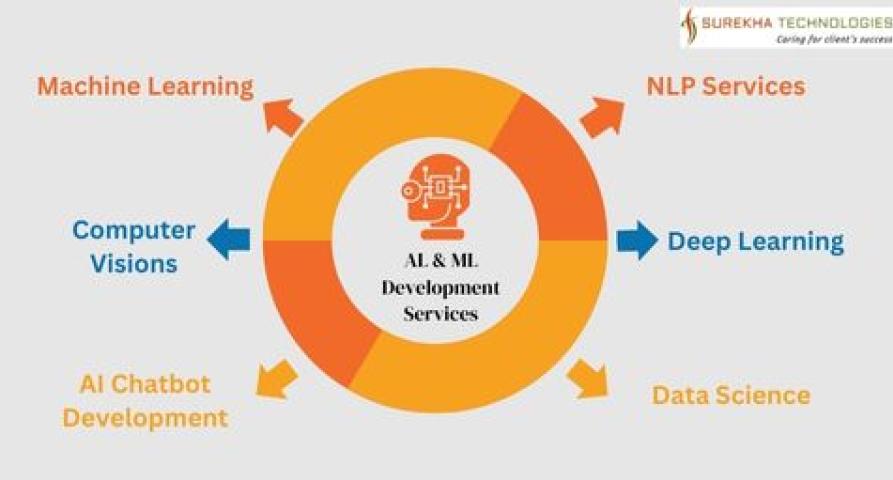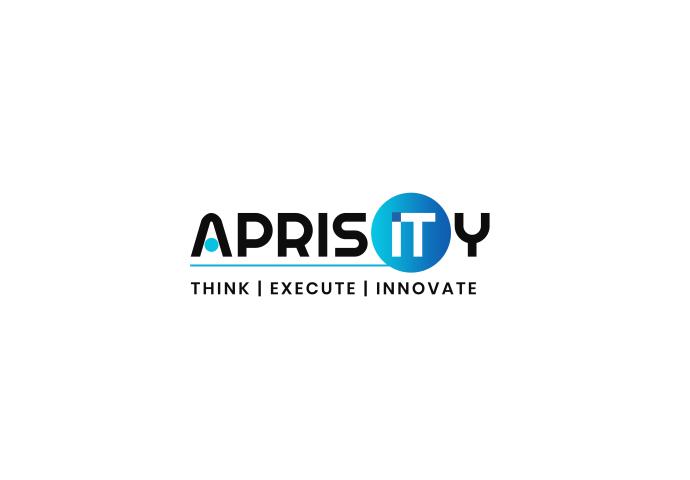Poker has been a beloved game for centuries, and with the rise of digital platforms, it has found a new audience online. The future of poker game development hinges on utilizing advanced technologies and innovative design to create engaging, secure, and scalable platforms. This blog will explore the essential technologies that poker game developers use to create top-notch poker games, offering insights into the processes and tools that a leading poker game development company might employ.
1. Game Engine Technology
Game engines are the backbone of any digital game, providing the necessary tools and frameworks for development. For poker game development, popular game engines include:
a. Unity
Unity is a versatile game engine known for its cross-platform capabilities. It allows poker game developers to create games that run seamlessly on various devices, including smartphones, tablets, and PCs. Unity's rich asset store and robust community support make it a preferred choice for many developers.
b. Unreal Engine
Unreal Engine, developed by Epic Games, offers high-quality graphics and a powerful toolset. While it is often used for more graphically intensive games, its capabilities can be leveraged to create visually stunning and smooth-running poker games.
2. Backend Development
The backend of a poker game is crucial for managing game logic, user data, and real-time interactions. Essential technologies for backend development include:
a. Node.js
Node.js is a popular choice for real-time applications due to its non-blocking, event-driven architecture. It allows poker game development companies to create scalable and high-performance backend systems that can handle numerous concurrent users.
b. Java
Java is known for its stability and security, making it a reliable option for backend development. It is widely used in enterprise-level applications and can be employed to create robust backend systems for poker games.
3. Database Management
Efficient database management is vital for storing and retrieving user data, game history, and other critical information. Key technologies include:
a. MySQL
MySQL is a widely-used relational database management system that offers reliability and ease of use. It is suitable for poker game development projects that require structured data storage and retrieval.
b. MongoDB
MongoDB is a NoSQL database known for its flexibility and scalability. It is ideal for applications that handle large volumes of unstructured data and need to scale quickly.
4. Real-Time Communication
Real-time communication is essential for multiplayer poker games, enabling players to interact and play together seamlessly. Important technologies include:
a. WebSockets
WebSockets provide full-duplex communication channels over a single TCP connection, allowing real-time data exchange between the client and server. This technology is crucial for creating responsive and interactive poker games.
b. Socket.io
Socket.io is a JavaScript library that simplifies real-time, bidirectional communication. It is built on top of WebSockets and is widely used by poker game developers to implement real-time features in their games.
Also Read: Top 5 Poker Game Development Companies 2024–2025
5. Graphics and Animation
High-quality graphics and smooth animations enhance the gaming experience, making the game more appealing to players. Essential tools and technologies include:
a. Adobe Photoshop and Illustrator
These tools are standard in the industry for creating game assets, including card designs, backgrounds, and other visual elements.
b. Spine
Spine is a 2D animation software that allows developers to create intricate animations for characters and other game elements. It helps in making the game more dynamic and engaging.
6. Security Technologies
Security is paramount in poker game development to protect user data and ensure fair play. Key security technologies include:
a. SSL/TLS Encryption
SSL/TLS encryption ensures that data transmitted between the client and server is secure and cannot be intercepted by malicious parties.
b. Two-Factor Authentication (2FA)
Implementing 2FA adds an extra layer of security, requiring users to verify their identity through a second method, such as a code sent to their mobile device.
7. Payment Integration
For poker games that involve real money transactions, integrating secure and reliable payment systems is crucial. Popular payment integration technologies include:
a. PayPal
PayPal is a widely trusted payment gateway that offers secure transactions and is easy to integrate into poker games.
b. Stripe
Stripe provides a developer-friendly API and supports a wide range of payment methods, making it a versatile choice for poker game developers.
8. Artificial Intelligence (AI)
AI can enhance the poker gaming experience by providing intelligent opponents and personalized gameplay experiences. Technologies used include:
a. Machine Learning Frameworks
Frameworks such as TensorFlow and PyTorch can be used to develop AI algorithms that learn and adapt to player behaviors, creating a more challenging and enjoyable game.
b. Natural Language Processing (NLP)
NLP can be integrated into poker games to enable more natural and intuitive interactions between players and the game, such as through chatbots or voice commands.
Conclusion
Modern poker game development is a complex process that involves a wide range of technologies and tools. From game engines like Unity and Unreal Engine to backend development with Node.js and Java, each technology plays a crucial role in creating engaging, secure, and scalable poker games. The future of poker game development lies in leveraging these technologies to create innovative and captivating poker games that meet the demands of today's players.
If you are looking to develop a poker game, partnering with a reputable poker game development company that understands these technologies is essential. They can provide the expertise and resources needed to bring your vision to life and ensure that your game stands out in a competitive market.












